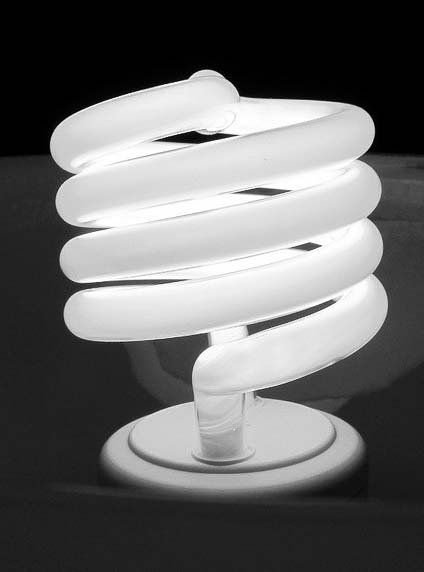
Image Credit: Frankieleon/Creative Commons license/Flickr
Some consumers never warmed up to compact fluorescent lamps (CFLs), no matter how many energy advantages they had over old fashioned incandescents. Now, GE is agreeing with them.
In a post, the company said it would stop making CFLs for the U.S. market and concentrate its efforts for consumer lighting on LED lamps.
CFLs were heralded as a much more efficient replacement for incandescent bulbs when they were introduced in the mid-1980s, and at one time accounted for 30% of light bulb sales in the U.S. They convert 15% to 20% of the electricity they consume into light, compared with just 5% for standard incandescent bulbs, and they last much longer. But by last year, their market share had declined to half of its peak.
LEDs cost as much as $50 just a few years ago, the GE site said, but a 60-watt equivalent LED now sells for $3.33 at Sam’s Club, and GE expects LEDs will be used in more than 50% of all lamp sockets by 2020.
“These LED lightbulbs are starting to replicate what the electrical filament has done for over 100 years — providing that look and warm ambience that people are used to,” GE Lighting chief operating officer John Strainic said. “The time for LED is now.”
LEDs use solid-state parts to generate light, and unlike CFLs they do not contain any mercury. GE says a LED has a 22-year life span, meaning a single bulb can see a child from infancy through college graduation.
The New York Times reported retailers including Sam’s Club and Walmart already are moving away from CFLs as they embrace LED technology, while Ikea made the switch last year by abandoning CFLs altogether.
LEDs represent the digital future of lighting. GE’s started selling an internet-connected light bulb called LInk, which could be controlled with a smartphone through a hub, in 2014. Last fall, the company announced a new line of connected LEDs called C. According to the website Gizmodo, these bulbs work without a hub and change the temperature of the light based on the time of day. One version of the C bulb, the Sleep, is designed to help regulate the body’s production of melatonin, a hormone that helps induce sleep.
Weekly Newsletter
Get building science and energy efficiency advice, plus special offers, in your inbox.





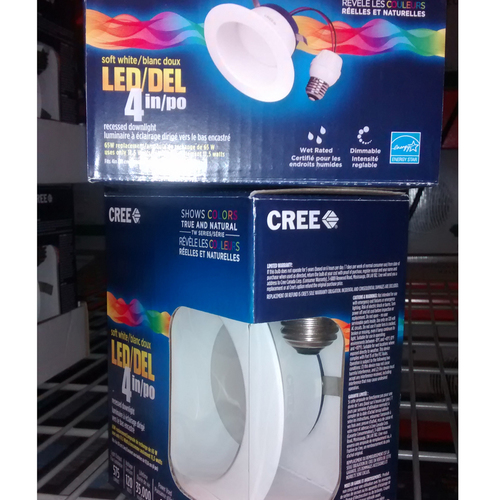
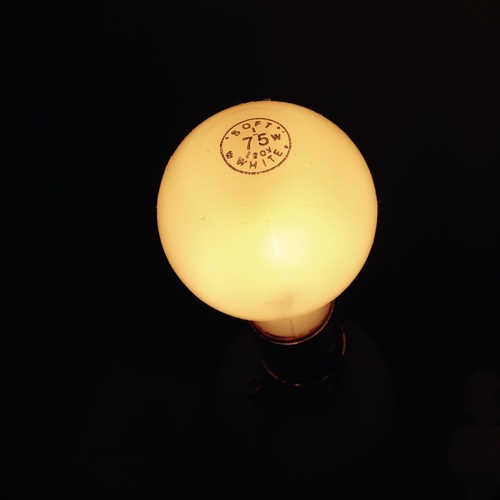
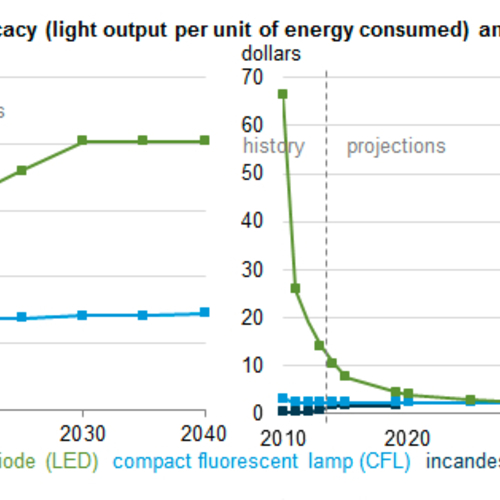
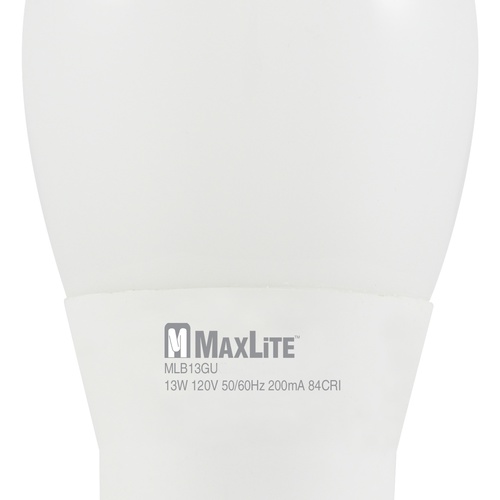






6 Comments
I like
The mercury nonsense was just a red herring by people who don't like progress, but CFLs reached their potential and LEDS will continue getting more efficient and last so much longer, hence they are the wave of the future. The sleep versions and wifi control are nice touches that showcase the extra potential of the technology.
In Canada LED prices are not even close to US prices, they are double to triple, so more needs to be done on that front, plus 100W eq LEDs are not widely available and are much higher priced, one can often buy 3-5 60W eq for the price of one 100W eq. However in the future this problem should solve itself, and as we get 150-200lm/w bulbs on the market the 1750 lumen 100W will no longer be a bottleneck, we should be able to buy 2000-3000 lumen bulbs that use 10-20W
Little replacement market for CFL's
Possibly another reason for low sales of CFL's now, is that once you have replaced all of your incandescents the CFL's usually last for years -- they do not burn out every few months the way incandscents do. So the way to get sales is to convince people to replace working CFL's with LED's. Of course the fact that new LED's give better light than many CFL's does not hurt!
LED's seem to fail in
LED's seem to fail in enclosed fixtures. CFL's might be a better alternative in these fixtures. Do certain types of LED's work better in an enclosed application?
Enclosed CFLs
CFLs don't fare much (if any) better in enclosed fixtures. While the flourescent tube is much more heat tolerant than an LED die, it's usually the power conversion circuitry that gives out first in a warm environment so the CFL ballast is still vulnerable if it's enclosed.
You can get "fully enclosed" rated LED bulbs with better heat sinks that should survive enclosed fixtures. Though if you want more than 60W equivalent bulbs, they get expensive fast.
@ Dan
LEDs are heat phobic, hence they fail in enclosed fixtures because they can't shed their heat fast enough. Any respectable LED bulb will say do not use in enclosed fixtures. There are mythical LEDs that will work in them, which should be by temperature regulated circuitry (shuts down or dims when its overheating). I have never seen one in real life.
Replacing enclosed fixtures with cans
Slowly I have been replacing our enclosed fixtures with open ones. I suppose the alternative is to punch holes in the ceiling and install a bunch of recessed fixtures. I have good access in the attic so it wouldn't be to hard plus the cold attic air would keep them cool. :)
Log in or create an account to post a comment.
Sign up Log in